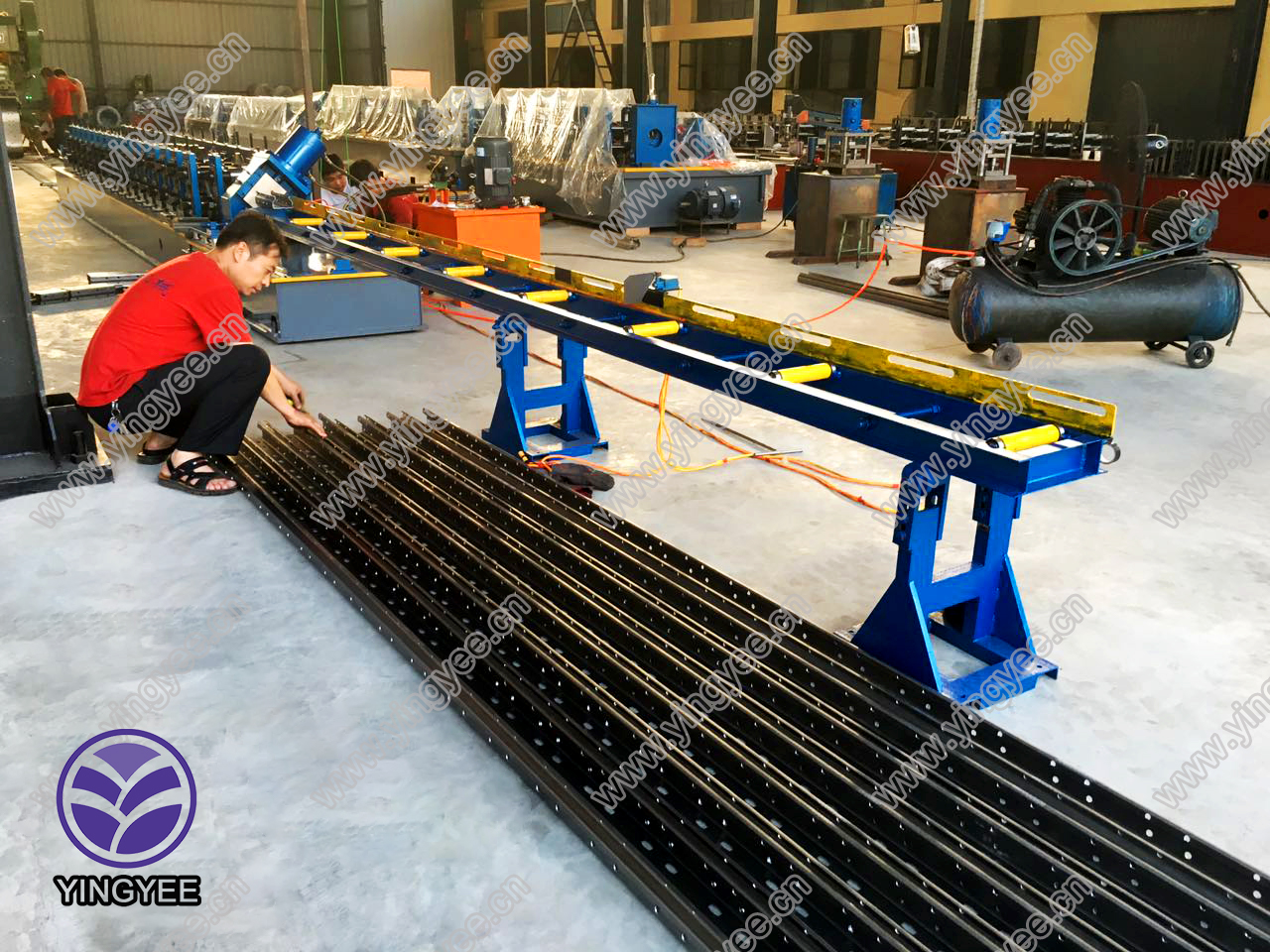
Stud and Track Machine Manually Adjusting Size with Spacers
In the world of construction and manufacturing, precision is crucial. One of the machines that play a pivotal role in these sectors is the stud and track machine, designed to create framing layouts that support various constructions, such as walls, ceilings, and roof structures. However, the effectiveness of this machine highly depends on its ability to adjust sizes accurately to meet specific requirements. One method to achieve this customization is by manually changing the size of the studs and tracks using spacers.
A stud and track machine operates by automatically cutting and shaping metal tracks and studs that are then used in the construction of framed structures. While these machines can achieve high levels of precision, there are instances when custom sizes are necessary. This is where the use of spacers becomes vital. Spacers, often made of durable materials, allow operators to manually adjust the size of the studs and tracks. By inserting the appropriate spacer between the machine's cutting mechanism and the metal being processed, operators can achieve the desired dimensions without compromising the integrity of the materials.
Manual adjustments may be necessary for various reasons. For instance, construction projects often require unique dimensions based on architectural designs or structural needs. Moreover, the availability of materials can vary, necessitating on-the-spot adjustments. In these situations, the proficiency in using the spacers effectively determines the success of the project.
To adjust the size using spacers, operators should follow several crucial steps. First, it is vital to measure the desired size accurately using a reliable measuring tool. Once the measurements are confirmed, operators can choose the appropriate spacer size that corresponds to the required adjustment. This process involves a keen understanding of the machine's operation and the properties of the materials being used.

Next, the selected spacer should be securely placed in the machine. It is essential to ensure that the spacer is aligned correctly to prevent any discrepancies during the cutting process. A misalignment can lead to defects in the studs and tracks, which may not be immediately visible but could compromise the structural integrity of the final assembly.
After placing the spacer, operators can proceed with the cutting process, closely monitoring the machine to ensure everything operates smoothly. This vigilance is vital, as even minor issues can result in significant setbacks or material waste.
Lastly, once the studs and tracks have been cut to the desired size, it is critical to inspect them thoroughly. Checking dimensions, structural integrity, and any surface imperfections ensures that the products meet the high standards expected in the industry.
In conclusion, the ability to manually adjust the size of studs and tracks using spacers is an invaluable skill for operators of stud and track machines. By mastering this technique, operators can enhance their efficiency in construction projects, ensuring that each element is tailored to meet specific needs while maintaining quality and durability. Ultimately, this flexibility not only boosts productivity but also facilitates the realization of innovative design solutions in modern construction.